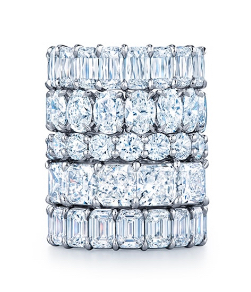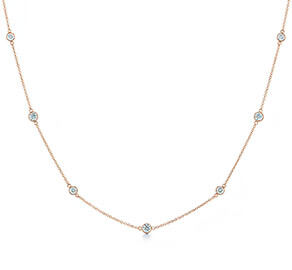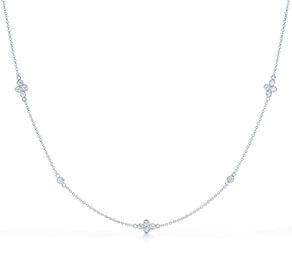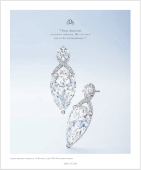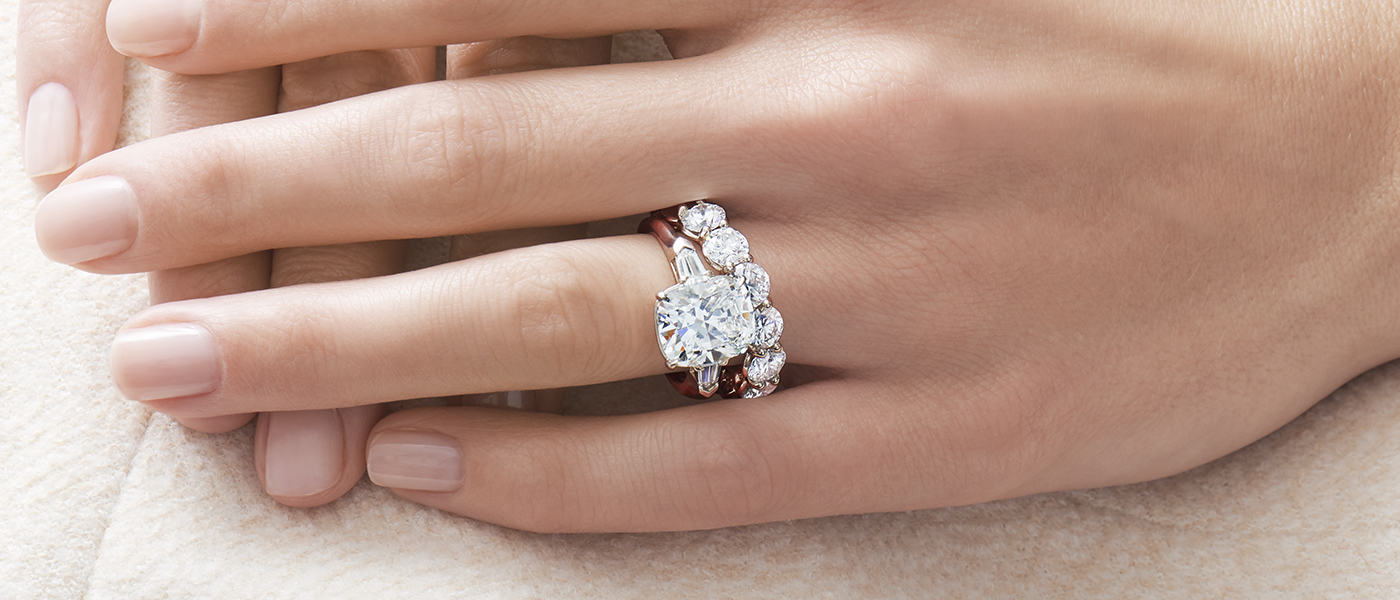Which Diamond Shape Is for Me?
The shape of your diamond will determine the overall look of your ring, perhaps more than any other aesthetic decision you make in the ring shopping process. We’d like to explain a few basic principles to help you better understand what diamond shape actually means so you can find the perfect engagement ring to suit your personal taste.
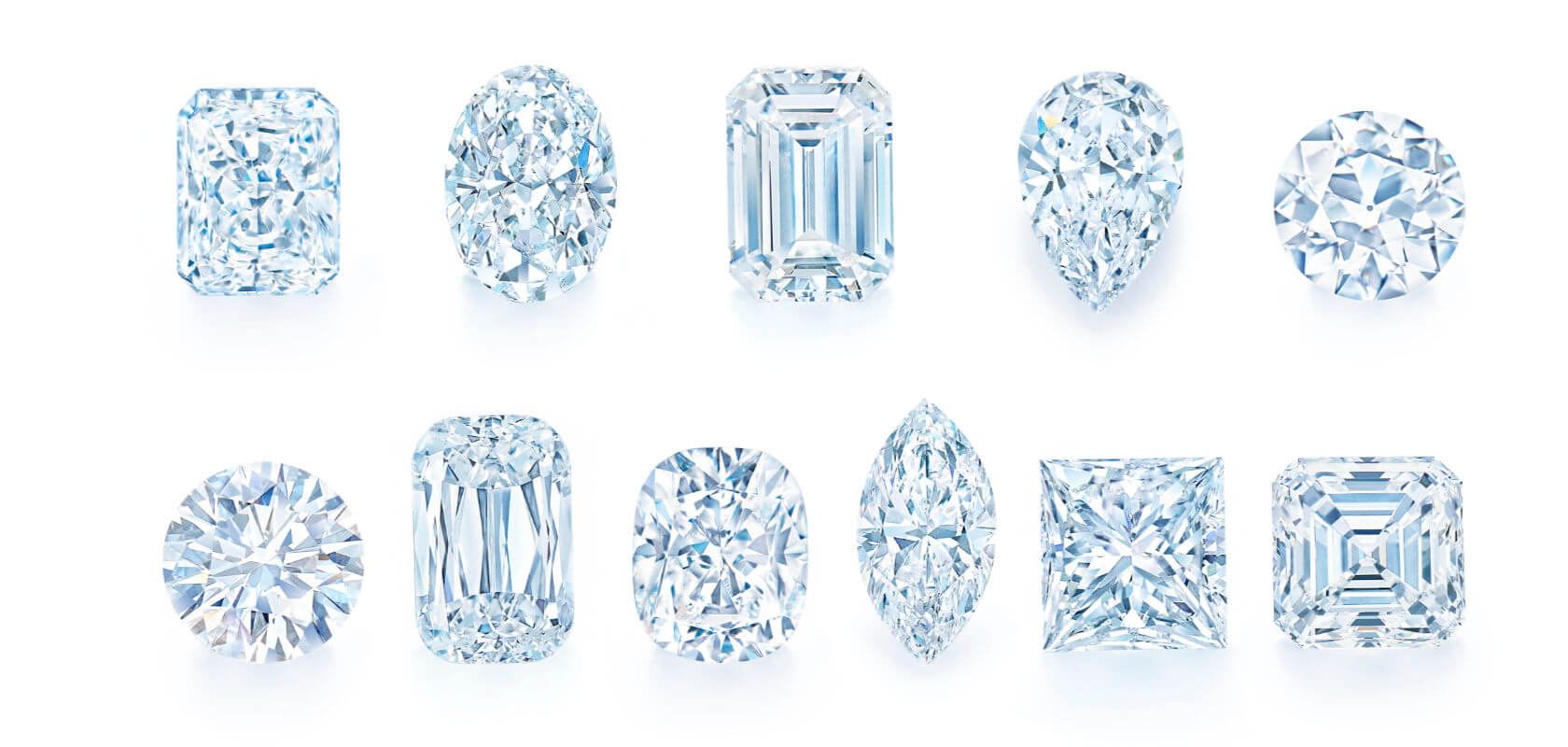
Shape Versus Cut
A diamond’s shape and cut are not, in fact, the same thing. These terms are not interchangeable, but they are closely related to each other.
Diamond shape refers to the outline or overall form of a stone, which is inclusive of its cutting style. Diamond cut, on the other hand, describes the angles, proportions, and faceting within the stone. These elements determine how each stone will capture, reflect, and refract light. There are several cutting styles, such as brilliant cuts and step cuts, as well as mixed cuts that combine several styles.
Center Diamonds: Round Shapes
Round diamonds are by far the most popular shapes for engagement rings. At Kwiat, we offer round shapes in two special but different cuts. The first is our Kwiat Tiara® cut round brilliant diamonds, which are all graded as Triple Excellent by the GIA (Gemological Institute of America, the leading global authority on diamonds and gemstones). The other is the signature Fred Leighton Round®, which is an update of the old European round cut—an antique style that is sought-after today but difficult to find. Our update employs modern technology and contemporary expertise for a superior stone with an heirloom-quality antique look.

BECOME A KWIAT INSIDER
Center Diamond: Fancy Shapes
All non-round shapes are referred to as “fancy shapes” in the diamond industry, and there are many options to choose from. We offer emerald (rectangular) and princess (square) diamonds, along with radiant and Asscher diamonds, which have elegant and desirable geometric forms.
For fancy shapes that combine clean quadrilateral lines with the softness of rounded corners, we offer cushion and ASHOKA® diamonds. Oval and rose cut diamonds also make appealing alternatives to round brilliant diamonds, featuring similarly curved forms plus the added benefit of distinctive characteristics.
The most unique fancy shapes we offer—pear, marquise, and heart shapes—project the wearer’s individualism. These shapes make a bold statement for those who choose them for a center stone.
Side Diamonds
Flanking a center stone with side diamonds is another way to make your engagement ring stand out. Side stones are chosen for their ability to complement the center stone and usually accompany a fancy shape center stone rather than a round brilliant center stone, though not always.
Side diamonds can be arranged north to south (above and below) or east to west (side to side) depending on their shape, the center stone, and the design of the ring. They are most commonly used in three-stone ring settings and five-stone ring settings. To achieve an engagement ring with a balanced look, it’s important that the side stones you choose are perfectly matched to each other in both shape and size.
We offer multiple fancy shape side stones in classic silhouettes like baguette and tapered baguette, trapezoid, bullet, and shield shapes. Other side diamonds we offer include half moon, epaulette, kite, and lozenge shape diamonds. All side diamond shapes should be selected for their ability to complement your center stone’s shape.











